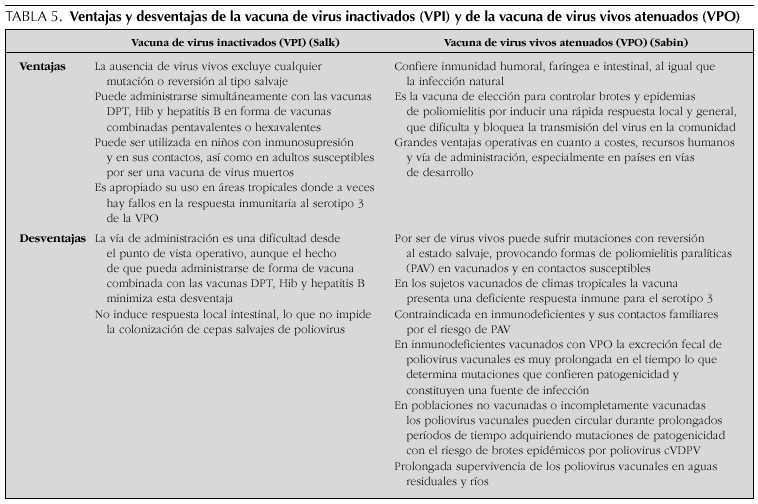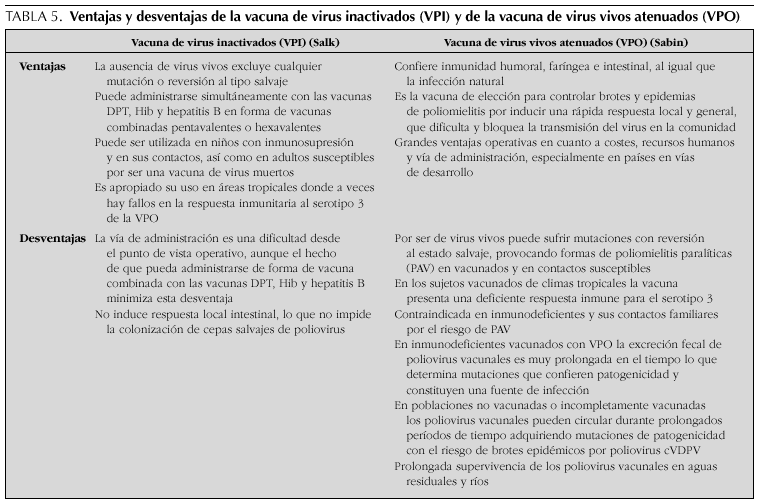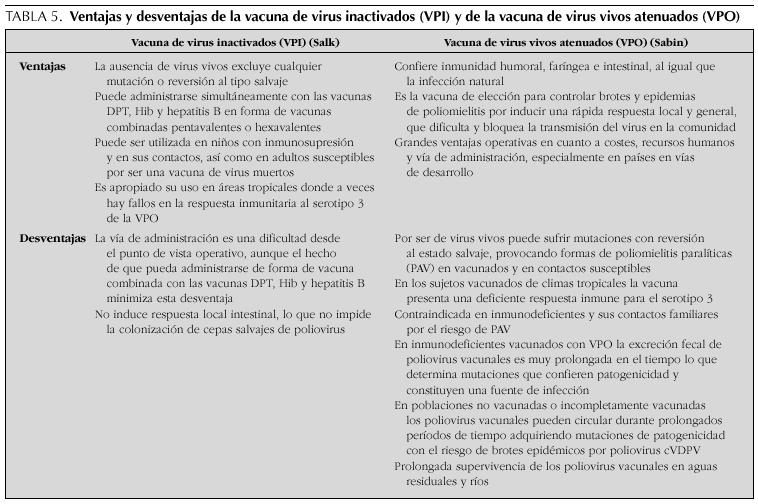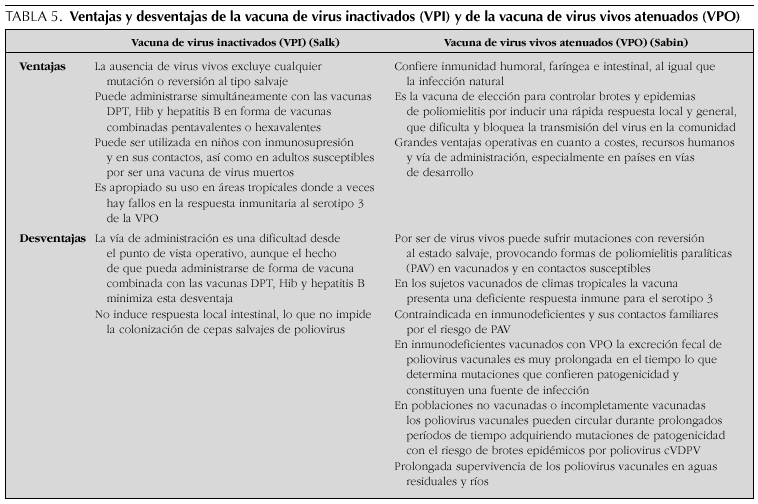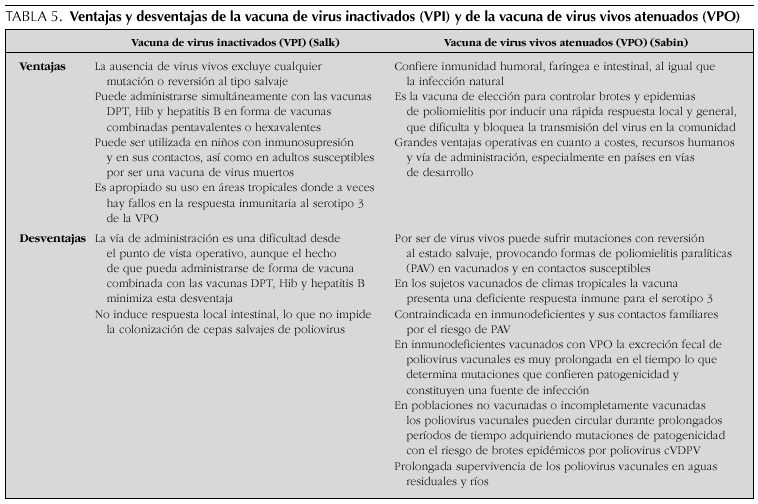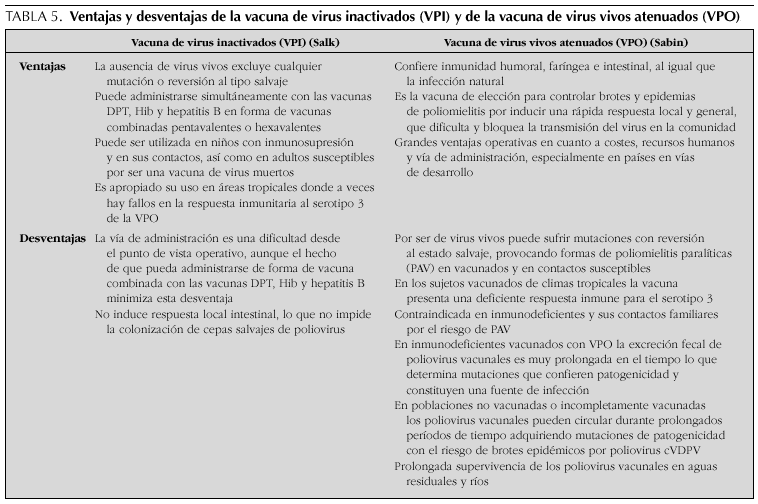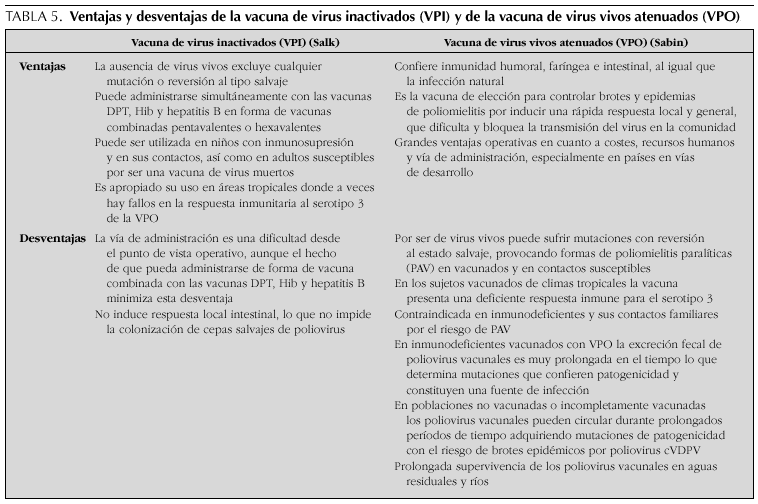Introduction
Childhood vaccination is becoming a challenging undertaking for healthcare providers and parents as more and more new vaccines become available. With the ever-increasing number of injections required to fully immunize a child against all of the vaccine-preventable diseases, there is a great need to simplify the administration of existing vaccines.
Combined vaccines that protect against several diseases in single injections are a welcome accomplishment that have improved the acceptance of and simplified the implementation of childhood immunization. Scientific advances in immunology have and will continue to result in more new vaccines in the future. It will be a daunting task to add them to the already busy vaccination schedules without the benefit of combined vaccines.
In response to the need for simplification, GlaxoSmithKline Biologicals has developed a range of DTPa based combination vaccines. The cornerstone, Infanrix, referred to hereinafter as DTPa-GSK, was first licensed in 1994 and is available in more than 60 countries, including the United States. More than 70 million doses have been distributed; half of the children in Europe and the United States receive GSK DTPa for their primary vaccination.
During the initial development of GSK's DTPa combinations in the early 1990's, there was no agreement throughout Europe regarding vaccination schedules or which vaccines to combine. From this initial stage arose what is now referred to as the DTPa-based family of vaccines (table 1), to accommodate the recommendations in different countries. The combinations cover six main diseases against which vaccination is recommended in many developed countries: diphtheria, tetanus, pertussis, hepatitis B, polio and Haemophilus influenzae.
Depending on local recommended schedules and individual preferences, the combinations respond to changing needs offering greater flexibility. New developments in immunization in the past decade such as a) the acellular pertussis vaccine, which is unquestionably better tolerated than the whole cell pertussis vaccine, b) the introduction of Hib and hepatitis B vaccines in the World Health Organisation's Expanded Programme on Immunization, c) an increasing shift in the use of IPV vaccine over the oral polio vaccine in developed countries and d) the arrival of new vaccines such as the conjugate pneumococcal vaccine against Streptococcus pneumoniae infection and conjugate meningococcal vaccine against type C bacterial meningitis, all have, or will have an affect on local vaccination schedules within a particular country or region.
The hexavalent vaccine, the most comprehensive combination vaccine to date, contains antigens against all six diseases and offers maximal comfort by reducing the number of injections. Since approval of GSK's DTPa-HBV-IPV/Hib vaccine in Europe by the European Medicine Evaluation Agency (EMEA), in October 2000, more than two million doses have been distributed.
Clinical development of the hexavalent vaccine
The hexavalent vaccine combines the antigens with hepatitis B virus surface antigen (HBV) and three serotypes of inactivated polio virus in a 0.5 ml liquid formulation that is used to reconstitute a lyophilized conjugated H. influenzae b antigen (Hib). This combination is referred to as DTPa-HBV-IPV/Hib.
The recombinant hepatitis B surface antigen is the same as in Engerix® -B, which was licensed in 1986 and is the leading hepatitis B vaccine worldwide. The enhanced potency inactivated polio vaccine was developed by GSK Biologicals and contains the formalin inactivated strains: Type 1: Mahoney strain, Type 2: MEF-1 strain, and Type 3: Saukett strain. The Hib antigen, developed by GSK, is a capsular polyribosylribitol phosphate polysaccharide (PRP), chemically conjugated to a T-cell dependent protein (tetanus) carrier1, is the basis of the Hiberix vaccine and the DTPa-based Hib combination vaccines. Sixty million doses of Hiberix vaccine have been distributed in 76 countries, more than 10 million of which are DTPa-based Hib combination vaccines.
The DTPa-HBV-IPV/Hib hexavalent vaccine has been extensively studied: more than 4700 children (between 6 and 16 weeks at the time of the first immunization) have been enrolled in primary vaccination studies designed to evaluate the hexavalent vaccine's immunogenicity and reactogenicity using different vaccination schedules, as shown in table 22-13.
Immunogenicity of the Hexavalent vaccine
Most of the vaccinated children reached protective antibody titres for diphtheria, tetanus, hepatitis B and polio; vaccine antigens for which there are reference titres that act as a surrogate marker of protection (table 3). Regarding the response to Hib antigen and the immunogenicity of pertussis toxin (PT), filamentous hemaglutinin (FHA), and pertactin (PRN), the hexavalent vaccine was compared to separate administration of vaccines2. A total of 268 patients were randomized to two treatment arms in the same schedule that is used in Spain (2, 4, 6 months): 134 children were vaccinated with the hexavalent vaccine and 134 were vaccinated with four separate injections: DTPa, HBV, OPV and Hib. The results are presented in table 4.
After the third vaccination, all children who received the hexavalent vaccine had anti-PRP titres >= 0.15 mg/ml and 84 % had antibody concentrations >= 1.0 mg/ml. Compared to separate administration, Hib conjugated vaccine when given as a mixed administration with DTPa elicits a lower antibody response to PRP. However, it is able to mount a large and rapid immune response to a booster with plain PRP (unconjugated), indicating that the extemporaneous combination provides good priming and successful induction of immunological memory14,15. The lower Hib concentration was of no clinical relevance and the DTPa-based Hib combination vaccines provide substantial benefit to the recipient16. This was since confirmed by a population-based effectiveness surveillance in Germany, that showed a continued trend of lower Hib disease in the population since the introduction of universal Hib vaccination without any change since introduction of DTPa-based Hib combinations17. Antibodies against the three pertussis antigens were detected in 100 % of the vaccinated infants, which is similar to other immunogenicity studies4,7,13.
There were no clinically significant differences in serum antibody responses in the children who received the hexavalent vaccine compared to those who received the separate vaccine components concomitantly at different sites2,4,7,13.
Vaccine efficacy against pertussis
The efficacy of the DTPa-GSK vaccine used as the basis for the hexavalent vaccine is well documented, having been tested in two large pertussis efficacy trials of different designs. The first of the two trials was a German household contact study designed to evaluate the efficacy of a three-dose primary vaccination with the DTPa-GSK vaccine against "typical" pertussis (defined as a spasmodic cough of 21 days or longer with confirmation of B. pertussis infection by culture or serology)18. Surveillance in Germany was conducted for suspected first household cases of typical pertussis, comprising 22,505 children who were vaccinated with the DTPa vaccine at 3, 4 and 5 months of age. Four hundred fifty-three households with index cases comprising 360 evaluable contacts were analysed. Vaccine efficacy was 88.7 % (95 % CI, 76,6-94,6 %).
The second pertussis efficacy study was a double-blind, prospective, cohort study of 14,751 infants conducted in Italy by the Istituto Superiore di Sanita and the United States National Institutes of Health19. In this trial infants were randomly assigned to vaccination with DTPa-GSK, a second (genetically engineered) acellular pertussis vaccine (Chiron-Biocine), a DTPw (Connaught whole-cell pertussis vaccine) or a DT vaccine (without pertussis antigens). The vaccines were given at 2, 4 and 6 months of age. The cases included in the analysis were children with cough that began 30 days or more after the completion of immunization. The primary case definition of pertussis vaccine efficacy was a laboratory-confirmed B. pertussis infection (a cough episode that lasted >= 7 days with confirmation by culture or serology), plus >= 14 days of spasmodic cough or >= 21 days of any cough. For both of the DTPa vaccines, the efficacy was 84 % (95 % CI, 76-89 %), which was comparable to that observed in the household contact study. Children in this study were under active surveillance up to six years of age with no further pertussis boosters given20. Protective efficacy remained high at 78 % (95 % CI, 71-83 %), indicating that immunological memory was induced.
The potential for protection against pertussis by the hexavalent vaccine was evaluated by comparing the reverse cumulative distribution curves (RCC) of the hexavalent vaccine to the RCC derived from the German household contact efficacy study4. The RCCs for PT, FHA and PRN antibodies for the hexavalent vaccine showed extensive overlap with those for DTPa-GSK confirming that the additional antigens did not affect the immune response to the pertussis antigens indicating that the efficacy of the hexavalent vaccine can be expected to be similar to that of the DTPa-GSK vaccine4,21.
Further evidence of efficacy of DTPa-GSK has also been demonstrated in an established and validated animal model to provide a means of testing the overall effect of vaccination on respiratory clearance of B. pertussis based on the analysis of lung clearance of B. pertussis following a standard intranasal challenge in vaccinated and unvaccinated mice22. Because of ethical and practical difficulties in performing clinical studies of pertussis vaccine efficacy, the use of such animal models has been encouraged. Increasingly complex DTPa-based combination vaccines have been tested in these models in order to observe the overall effect these vaccines have on bacterial clearance, to complement clinical trials on their immunogenicity and safety. The intranasal model is reproducible and accurate in reflecting the protective capacity of acellular pertussis vaccines previously observed in clinical trials in infants. The model also offers the opportunity to dissect the individual components of acellular pertussis vaccines to determine their relative contribution to protection. This aerosol model demonstrated a significant correlation between bacterial clearance activity and the efficacy of the individual vaccines from clinical trials and it has shown that tri-component acellular pertussis vaccines are more effective than mono- or bi-component vaccines thus reflecting observations in clinical practice22,23.
In addition to the evidence from the mouse model and to the well-established efficacy of acellular pertussis vaccines in clinical trials, efficacy has also been evaluated in clinical practice. A postmarketing surveillance study was conducted by the Swedish Institute for Infectious Disease Control24. Repeated epidemics of pertussis were occurring in Sweden in the absence of vaccination prior to introduction of general childhood acellular pertussis vaccination in 1996.
In 1996-97, primarily infants were vaccinated at 3, 5 and 12 months of age using DTPa-GSK. Within a few months of the initiation of the programme, vaccine coverage reached 95 %. The incidence of pertussis dropped by 90 % in the following three years as shown in figure 124. Furthermore, in the few vaccinated children who developed disease, the clinical course was less severe than in unvaccinated children. Combined DTPa-IPV/Hib vaccines are now being used in Sweden and monitoring is continuing.
Figure 1. Pertussis surveillance: Sweden 1986-2001. Culture-confirmed cases of pertussis per month.
Post vaccination surveillance was also conducted in Germany in order to assess the efficacy of universal acellular pertussis vaccination in infants. Vaccine coverage of children born between 1996 and 1998 was assessed by telephone survey. Data from children hospitalized with pertussis in 1997-1998 and those with pertussis complications in 1997-2000 were acquired by hospital-based active surveillance. Vaccine effectiveness was as high as 91.8 % (95 % CI 84.7-95.7) after the second dose, establishing the fact that the vaccine was highly effective in preventing pertussis-related hospitalizations25.
Reactogenicity of the hexavalent vaccine
The overall reactogencity profile of a primary course of the hexavalent vaccine evaluated in clinical studies show that the incidence of local and general symptoms are comparable to those observed after separate administration of individual components or other DTPa-based vaccines, while requiring fewer injections5,26. In a study by Cohen et al, the hexavalent vaccine was compared to a commercial combined DTPw-IPV/HIB vaccine5. Despite the fact that there are more antigen components in the hexavalent vaccine, the hexavalent was much less reactogenic than the whole-cell combined vaccine (fig. 2)5.
Figure 2. Reactogenicity of GSK hexavalent vaccine vs. a whole-cell pertussis - containing combination vaccine.
The post-marketing safety profile of the DTPa-GSK hexavalent vaccine and other DTPa-based combinations are shown in table 5. The numbers of adverse events and serious adverse events reported following the hexavalent combination vaccine is similar to that of the DTPa-GSK vaccine26.
Conclusion
In extensive clinical trials, the hexavalent GSK vaccine was well tolerated and induced protective antibody levels against diphtheria, tetanus, hepatitis B and polio. The lower levels of antibody against H. influenzae were compensated for by the induction of immune memory and therefore not considered clinically relevant. The three pertussis antigens (PT, FHA and PRN) generated levels of antibodies that were equivalent to those specifically generated in efficacy trials with DTPa-GSK vaccine. Further support to the protective capacity of the hexavalent vaccine against pertussis came from mouse model data as well as postmarketing effectiveness studies.
The safety and effectiveness of the hexavalent GSK vaccine combination will enable vaccination against six diseases with a single injection, thus minimizing the distress to infants and children, improving cost-effectiveness, and improving vaccine coverage. The obvious convenience of this acellular pertussis-based hexavalent vaccine lends itself to being the choice of parents and healthcare providers for childhood vaccination schedules. The use of the hexavalent vaccine will certainly facilitate better compliance and therefore, higher immunization rates.
Correspondence: H. Bogaerts, MD, FFPM.GlaxoSmithKline Biologicals. Rue de l'Institut, 89, B1330 - Rixensart (Belgium). e-mail: hugues.bogaerts@gskbio.com


